When Jeep first showed off the new Cherokee, it felt like the brand had turned a corner when it came to product. A standard hybrid powertrain, 37 MPG combined, the right sort of size, the right sort of look. If it were smartly priced, it could’ve been exactly what Jeep needed to do battle in the hottest new vehicle segment on the entire planet after three years away from the table — three years that everyone else has used to grow stronger. Well, pricing is now out, and — though I haven’t driven the vehicle yet — the value of this crossover now seems, at the very best, meh.
Jeep has announced that this new hybrid crossover run you $36,995 including freight for the base trim. What do you get? Well, beyond the standard 210-horsepower hybrid all-wheel drive powertrain, LED lights, and alloy wheels, there’s dual-zone climate control, some driver assistance stuff, and not a ton more.
At that price point, Jeep doesn’t offer a moonroof, or heated seats, or a power driver’s seat, or even a glovebox light. That doesn’t seem like tremendous value, but the Cherokee isn’t quite a compact crossover on exterior dimensions. After all, it’s 188.1 inches long, which means it’s basically a midsize crossover, right? Not really. See, the Cherokee offers 107.361 cu.-ft. of passenger volume and 33.622 cu.-ft. of SAE cargo volume behind the second-row seats, which puts it on the level with several compact hybrid crossovers when it comes to practicality.
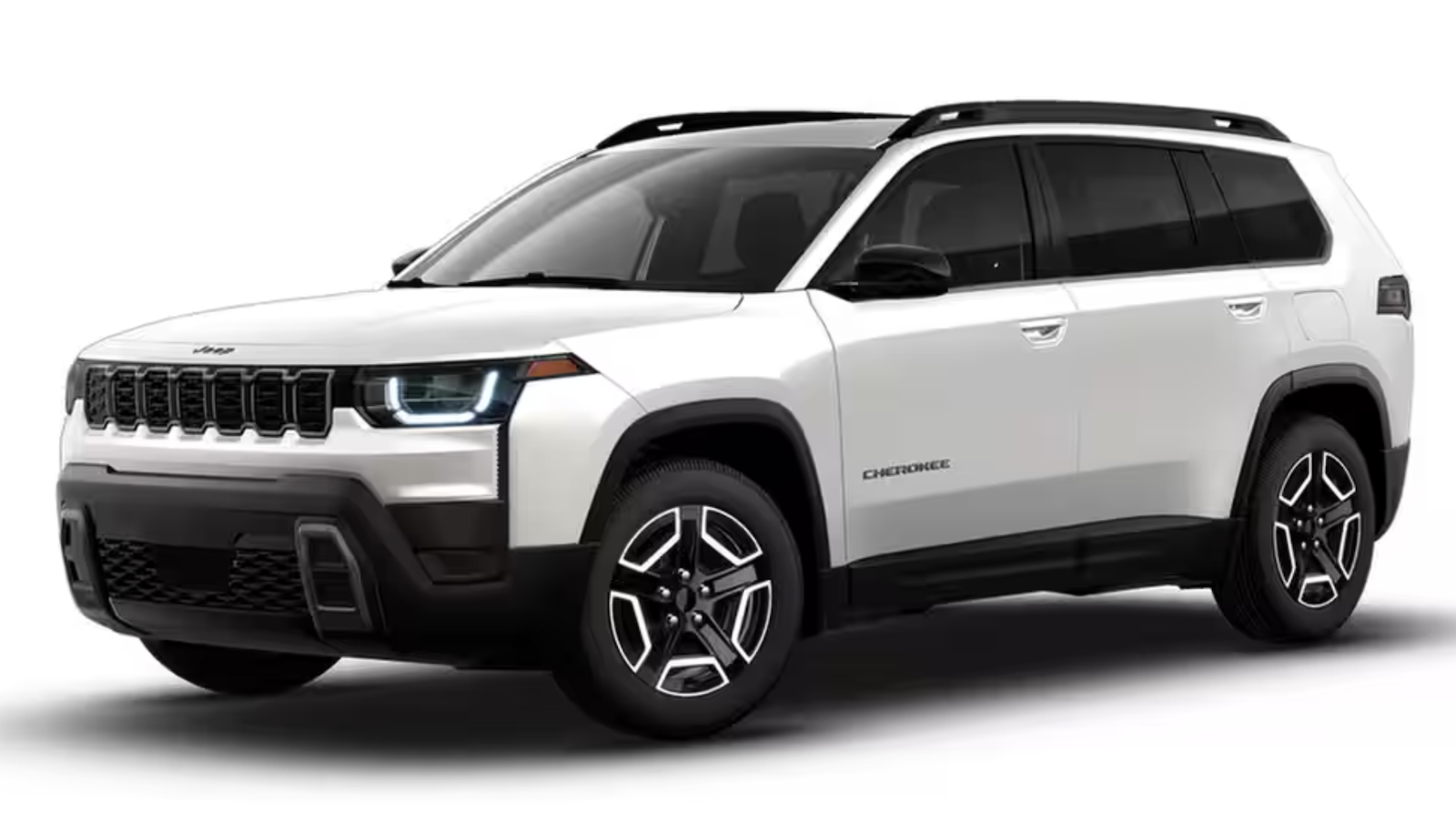
For instance, the Hyundai Tucson hybrid may be 5.4 inches shorter than the Cherokee but it seems to beat it on space efficiency, serving up 107.9 cu.-ft. of passenger volume and 38.7 cu.-ft. of SAE cargo volume behind its rear seats. At the same time, a Tucson Hybrid Blue with its standard mechanical all-wheel-drive system will run you $34,960 while essentially matching the base Cherokee on feature content, and the SEL Convenience trim gets you a panoramic moonroof, a power liftgate, leatherette upholstery, heated front seats, a power driver’s seat, and an auto-dimming rearview mirror for $37,960.
On a typical 60-month financing term, the extra $965 for a mid-range Tucson Hybrid over a base Cherokee works out to a Happy Meal a month. That sounds worth it for heated seats alone.
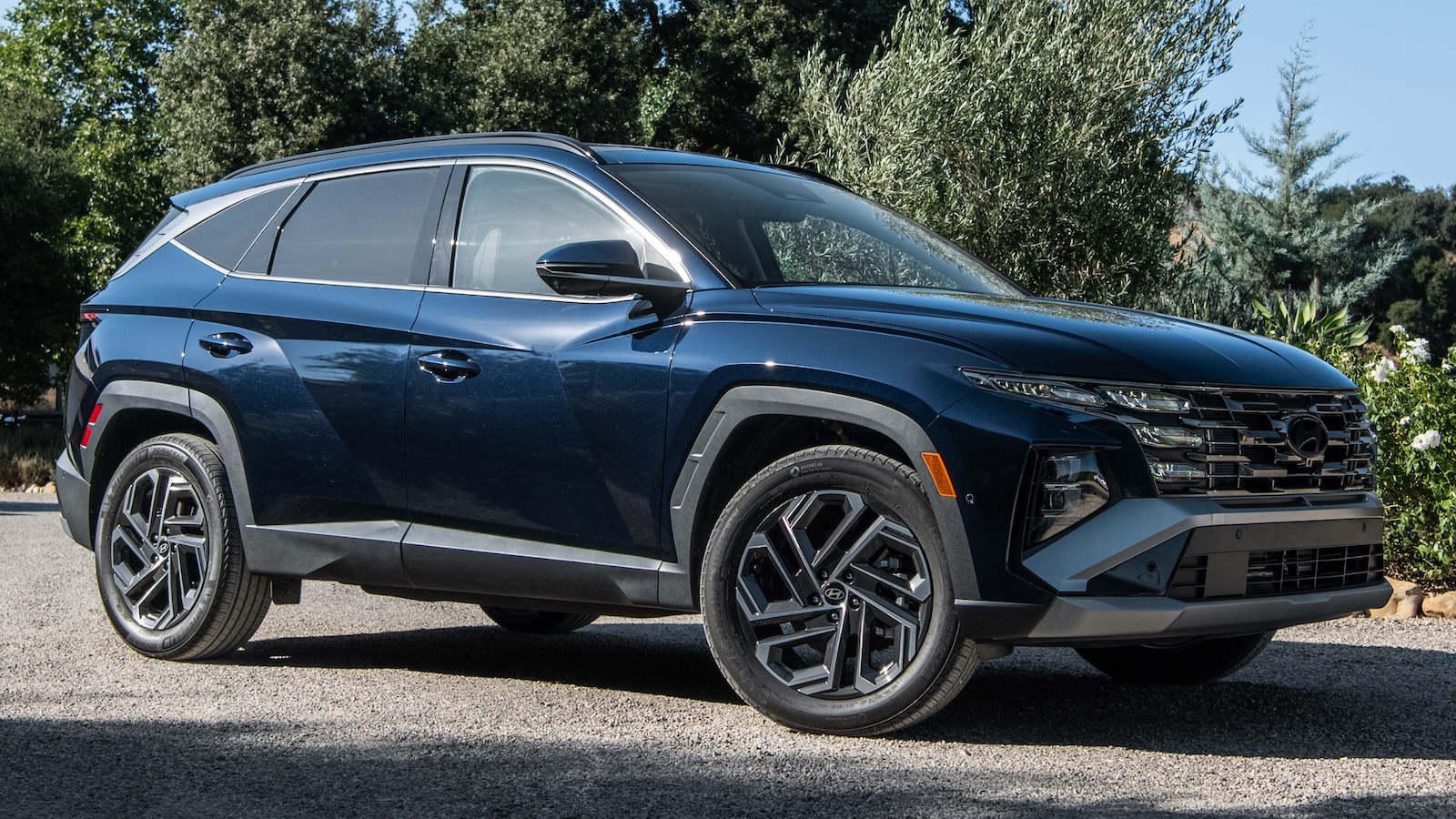
Then there’s the popular and trusted Honda CR-V Hybrid, and while its 103.5 cu.-ft. of passenger volume might not quite measure up, that could be apples-to-oranges, and you’ll want to sit in both to check them out. It seems Jeep measures passenger volume without a sunroof, and not only is the passenger volume of a hybrid CR-V identical to that of a purely combustion-powered CR-V, the base sunroofless CR-V has 106 cu.-ft. of passenger volume. That’s close enough to play ball, and the CR-V Hybrid’s 36.3 cu.-ft. of SAE cargo volume behind the second-row seats beats the Jeep by roughly 2.7 cu.-ft.
Although the least expensive CR-V Hybrid with all-wheel-drive stickers for $38,580 including freight, it comes standard with heated seats and a moonroof. You’d need to step up to a $39,995 Cherokee Laredo to get heated seats in an equivalent Jeep, and a moonroof is a $1,995 option on top of that.
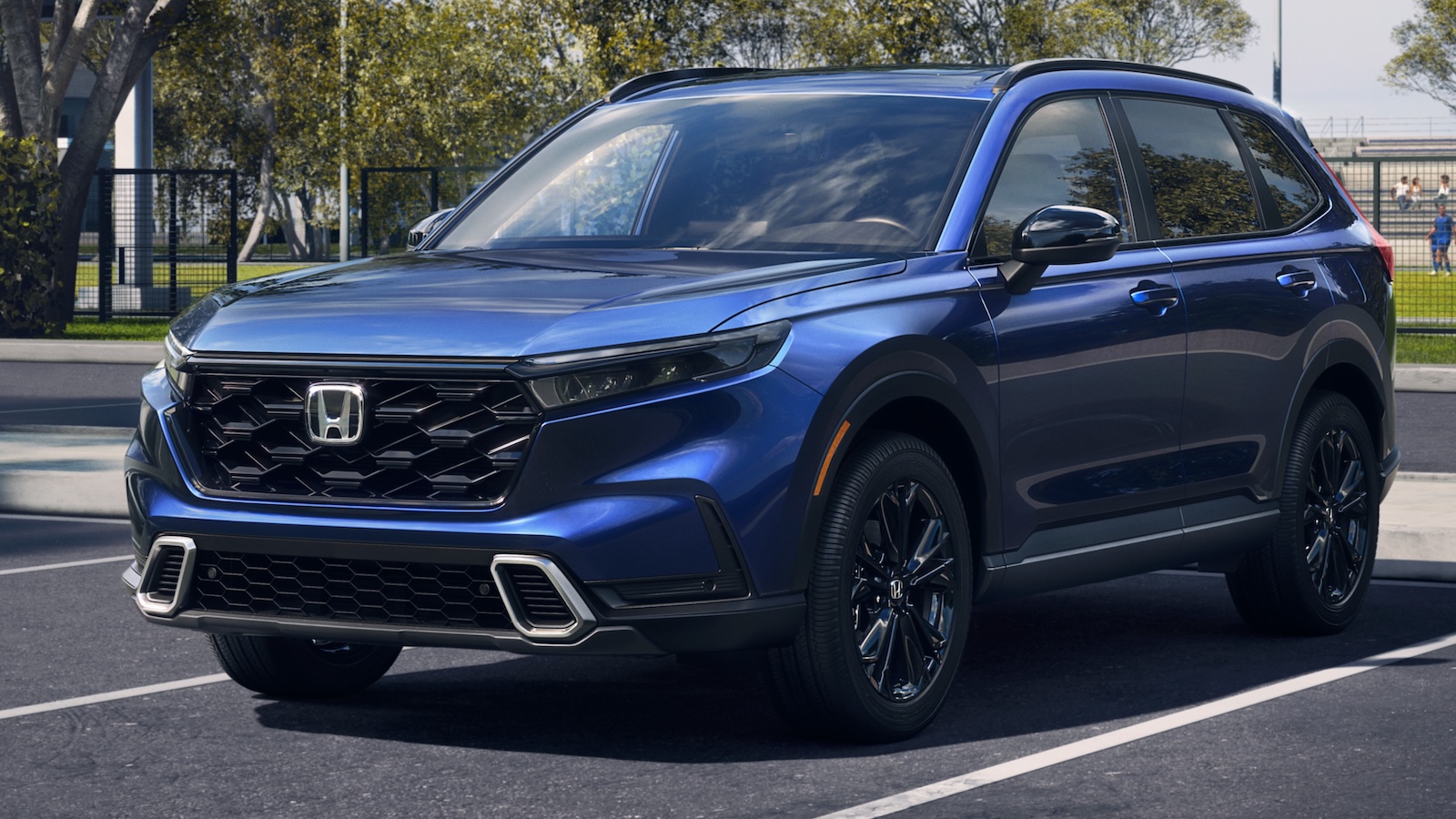
For the outdoorsy sorts, there’s the Subaru Forester Hybrid, with 106.6 cu.-ft. of passenger volume, right in the ballpark of what the Cherokee offers. Granted, the Subaru is down on cargo volume behind the rear seats by 6.1 cu.-ft. (again, with all of these measurements, it’s worth checking the vehicles out in person). Regardless, the Forester Premium Hybrid gets a power driver’s seat, heated front seats, and a panoramic moonroof as standard for $38,015 including freight. A comparably equipped Cherokee Laredo with the optional panoramic moonroof will run you $41,990.
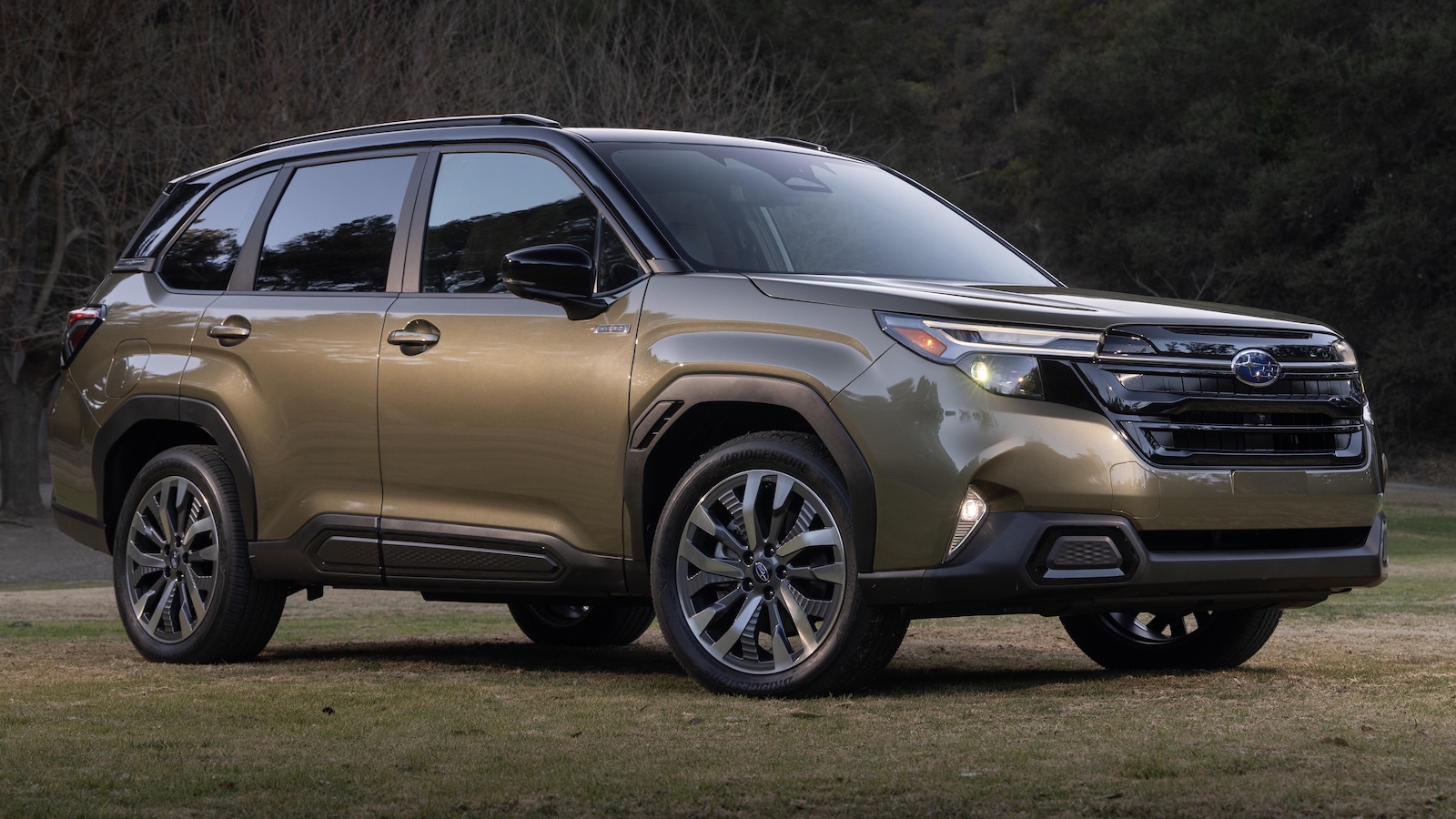
In addition to base and Laredo trims, two more variants of Cherokee will be available before the off-roady Trailhawk trim arrives. The Limited trim adds wireless smartphone charging, a power liftgate, and leatherette upholstery, but costs $42,495. Want a loaded example? The Overland trim with its kick-activated power liftgate, 20-inch wheels, and premium audio will run you $45,995 before options like a hitch receiver or ventilated front seats. That’s a strong ask, one that’s likely to turn some consumers off.
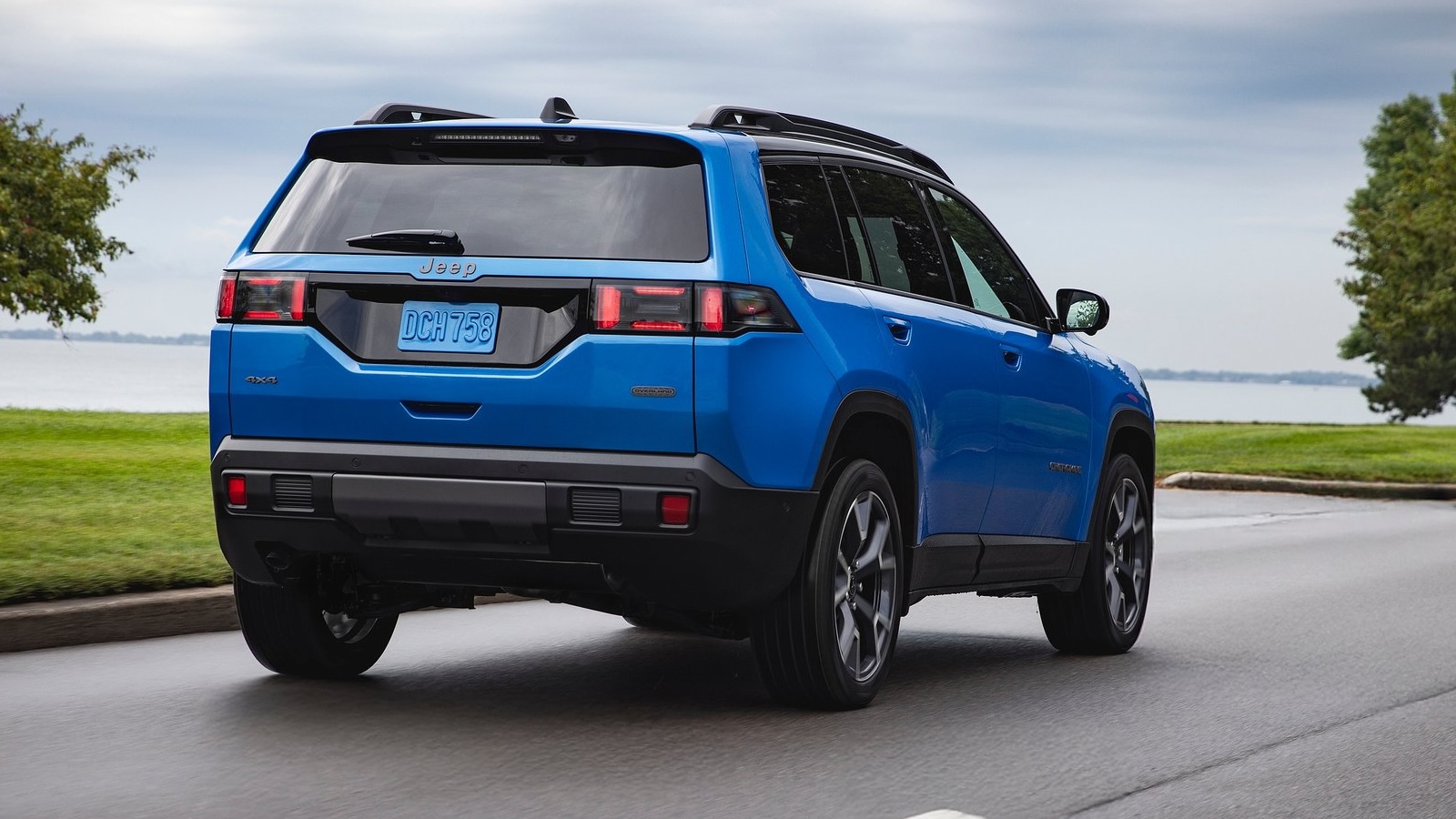
Though Car and Driver says “Jeep’s Pricing for the 2026 Cherokee SUV Should Be Popular,” from where I sit, for the features people want, the new Cherokee seems a bit expensive, and I’m not sure Jeep is in a position to charge such a premium over more well-established hybrid crossovers.
Part of what made the XJ Cherokee an icon was that it wasn’t pricey. In the early ’90s, it undercut competition like the Ford Explorer and Toyota 4Runner on price, and partly because it was relatively affordable, it sold in the millions over its lifespan. Given the basic feature content of the cheapest new Cherokee, I think it should be less expensive than it is, and the walk-up to get desirable features shouldn’t be so dramatic. On paper (and again, maybe this will change when I drive it), it appears Jeep is charging more than equivalent competitors simply due to the name on the hood, even if the name on the hood, to many, mostly just stands for heritage. In this segment, a name on the hood that stands “rock-solid reliability” might mean more.
Top graphic image: Jeep
Support our mission of championing car culture by becoming an Official Autopian Member.

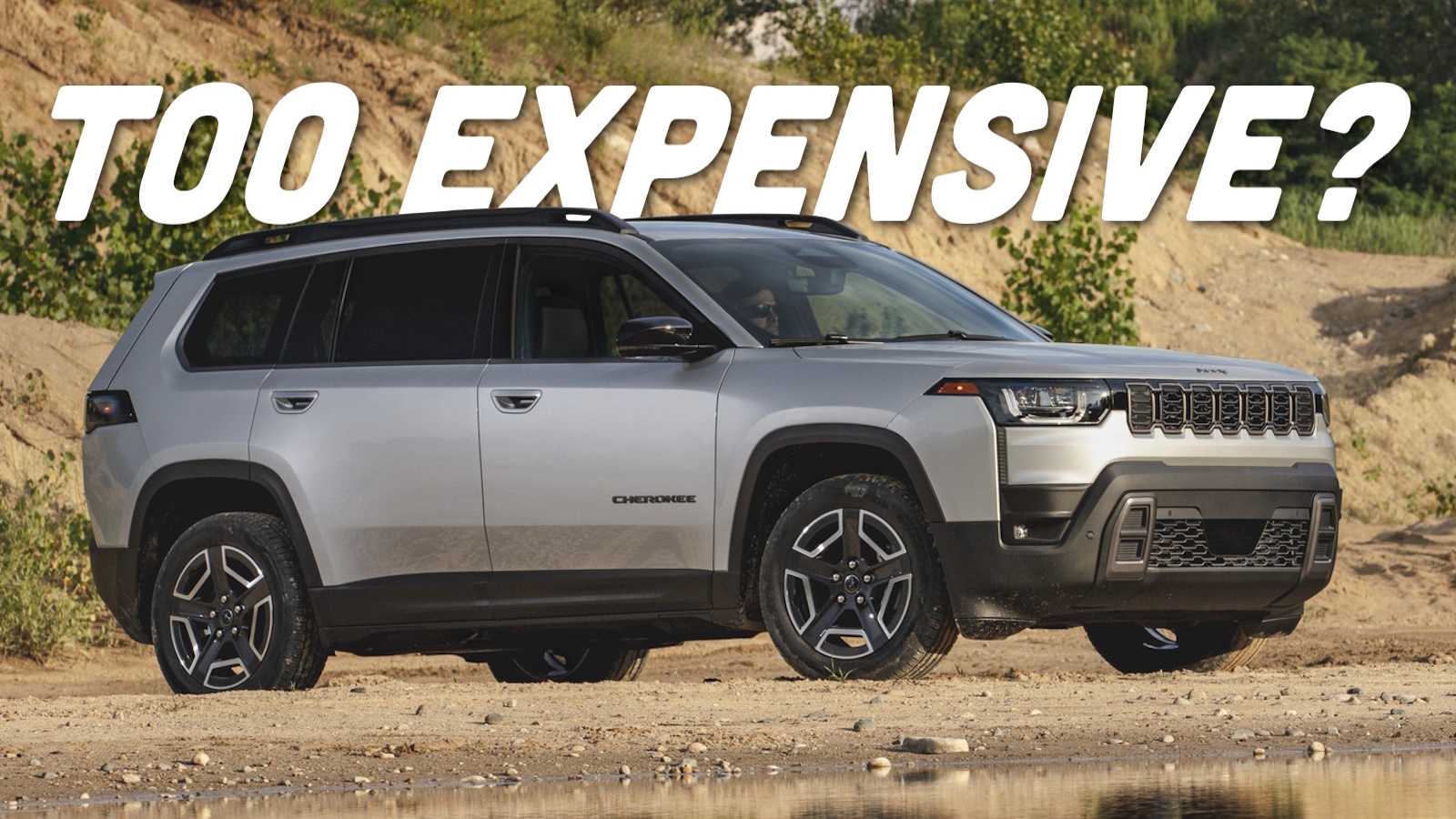




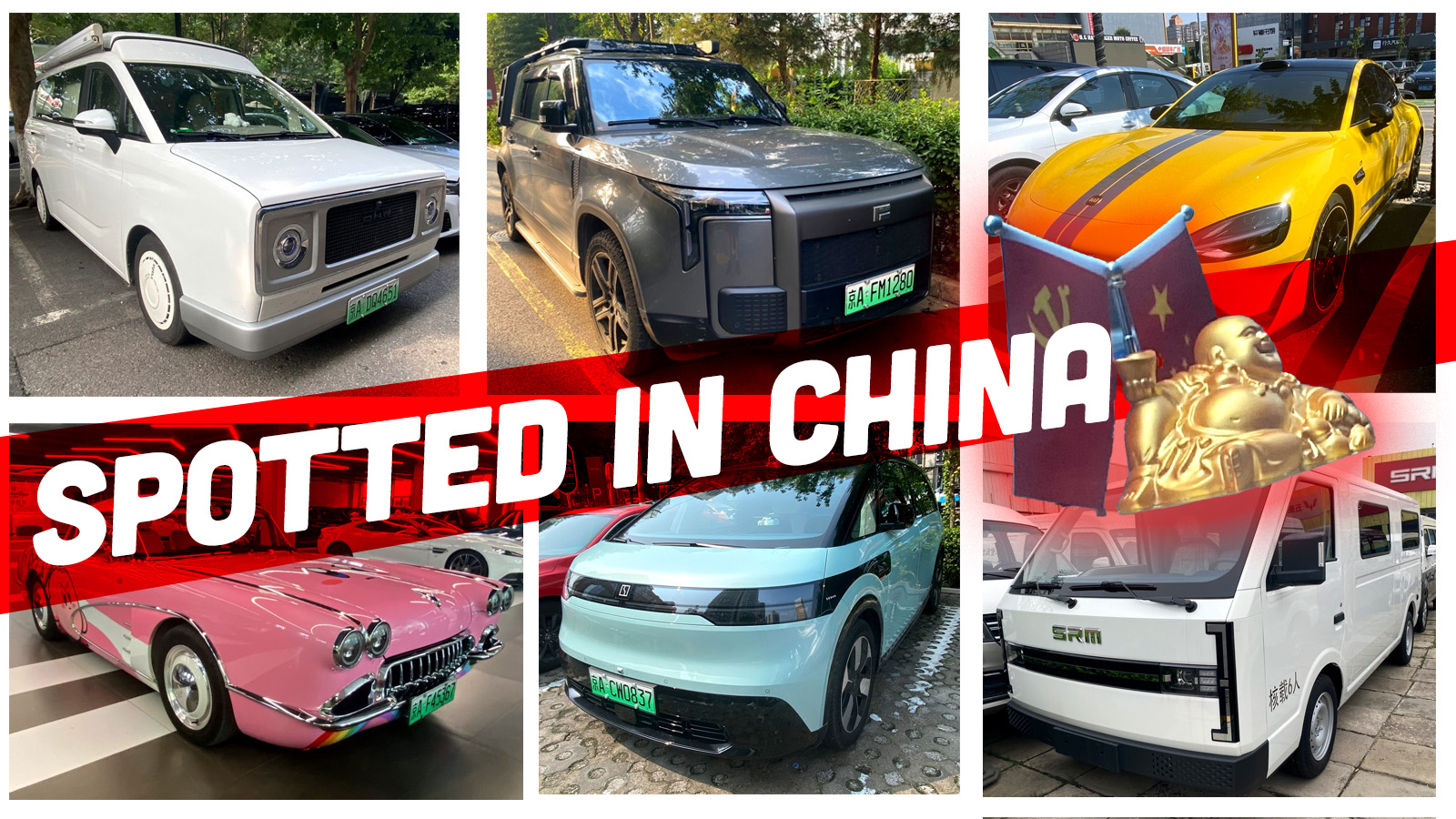
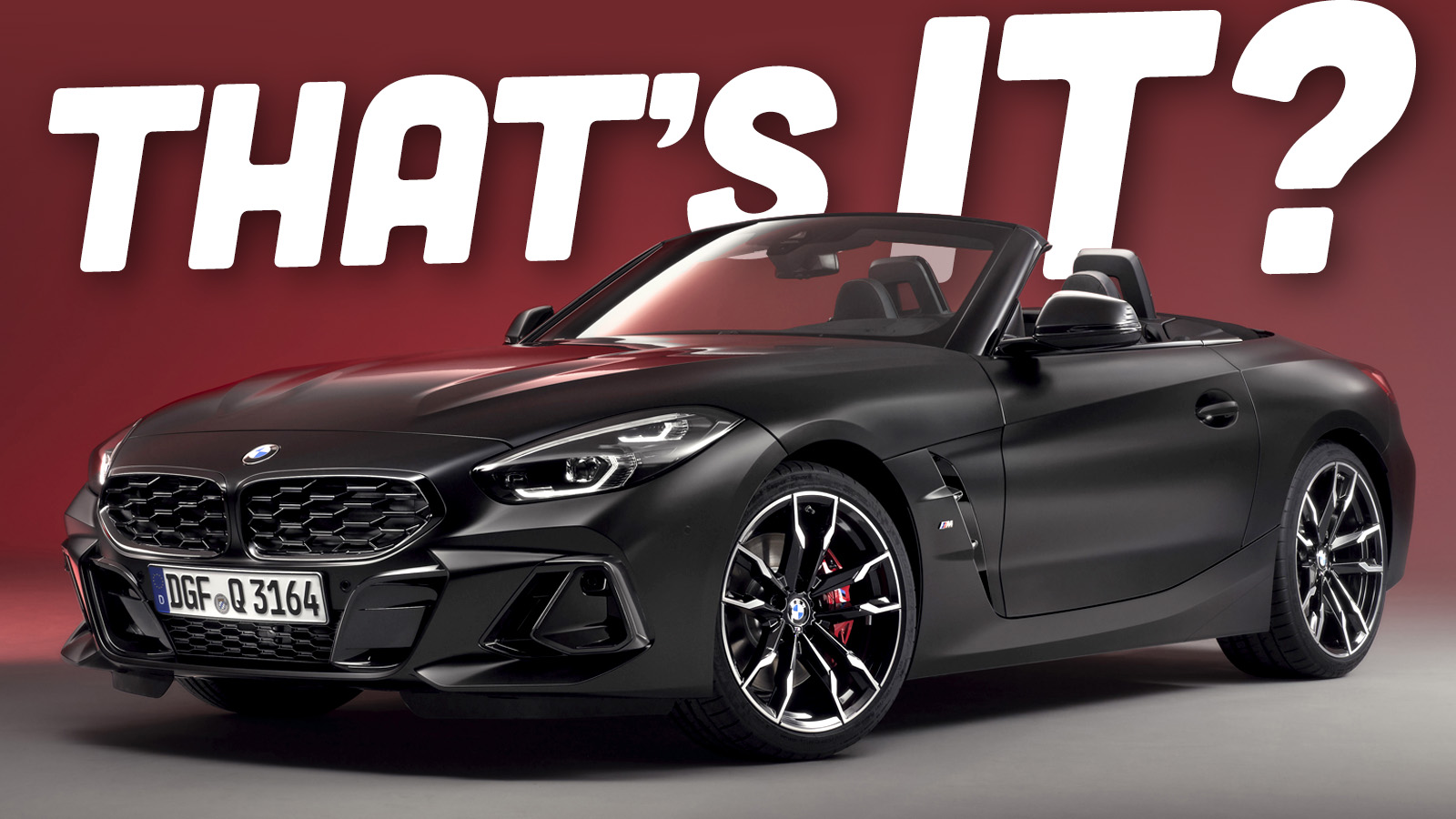

What in the Jeep range is priced appropriately? It’s all expensive garbage.